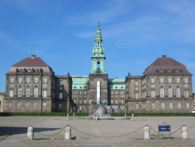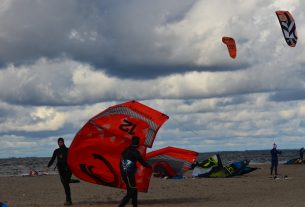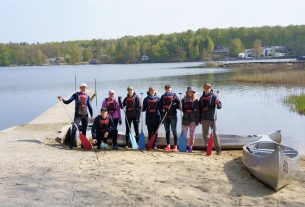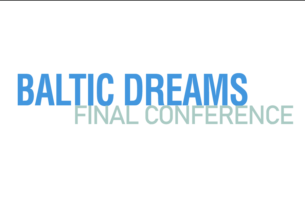LOCATION
The capital and largest city of Denmark, located on the east coast of Zealand and partly Amager. From July 1, 2000, it is connected by a bridge over the Sund Strait with Swedish Malmö. Through the city runs the European cycling route EURO VELO R10. Copenhagen can be reached by car, train, ferry and yacht. 55°40’30.3″N 12°34’28.8″E


photo source: wikipedia.
SCENIC CHARACTER
Copenhagen was founded in the years 1160 and 1167. Bishop Absalon built a little fortress on the Isle of “Slotsholmen” to protect the new city. Copenhagen, which was at first a small fishing village of the Vikings, quickly grew due to its location near the Oresund Strait. The significance of the city grew significantly after established in 1397 on the initiative of the most powerful woman of contemporary Europe – Queen Margaret I an alliance of Scandinavian countries called the Kalmar Union. The ruler of the Union became adopted by Margaret I the young Duke of the Griffins dynasty. The King Eric of Pomerania appreciates the strategic localisation of the city over the Oresund Strait, builds a new castle on the ruins of the Slotsholmen and moves the capital of Denmark from Roskilde to Copenhagen. Since that time, the importance of Copenhagen has rapidly grown, not only as a trade and craft centre but also as a political and scientific centre. Denmark has become a maritime power in the Baltic and a modern state of Europe at that time. In the same place where the castle of King Eric was previously located, today stands Christiansborg Castle, which is currently the seat of the Danish parliament, government offices and museums. Slotsholmen is connected to the rest of the city by 9 bridges, the main of which is the Marble Bridge (Marmorbroen) in the south-western part of the island.
You can get acquainted with the history of the city in of Erik of Pomerania context by visiting the National Museum????
ATTRACTIONS
One of the most important attractions in Copenhagen is Town Hall Square with the powerful town hall from the turn of the 19th and 20th centuries, its tower serves tourists as a viewpoint. On this square, there is a monument of Hans Christian Andersen – the most famous fairytale writer in the world. In the nearby port, there is one of the most famous symbols of the city and Denmark – the Little Mermaid, the heroine of one of Andersen’s fairy tales.
A characteristic place in the city is the port from the seventeenth century, with colourful houses. The renaissance Rosenborg castle, the Tycho Brahe Planetarium, the Thorvaldsen Museum, the Great Synagogue, the Tivoli Gardens, and Amalienborg are places worth visiting while in this city.
INFORMATION SOURCES
Heritage Class: [ C ]Cultural Heritage
WEB PAGES
http://www.copenhagenet.dk/CPH-History.htm
https://pl.wikipedia.org/wiki/Kopenhaga
http://www.danmarkskonger.dk/king32.htm






